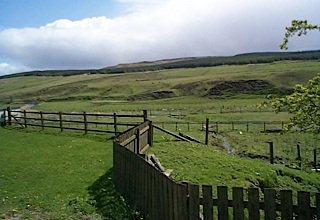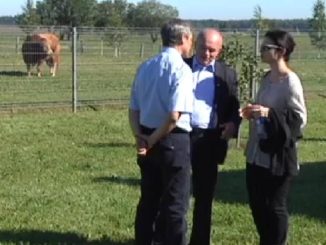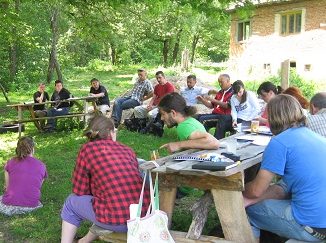
Welsh deputy farm minister Rebecca Evans has endeavoured to soften the impact of the new moorland boundary which takes effect in the new phase of the CAP. Wales classes nearly 60% of its land as upland, so the principality’s implementation of the CAP has been followed closely by the farming sector.
The deputy minister considered introducing an Area of Natural Constraint (ANC) scheme as part of the next Rural Development Programme (RDP), but decided not to proceed since current European regulations would not allow an ANC to target its support on agricultural activities with sufficient accuracy. The Welsh Glastir programme will be developed as part of the principality’s Pillar II programme.
In a written statement earlier this autumn, Evans stated: “In light of the significant environmental benefits that can be achieved from managing moorland, the roll out of the Glastir Advanced scheme within the moorland zone will be prioritised under the next RDP. Our moorland holds the vast majority of our peat lands and a Glastir Advanced contract will be offered to applicants from those farms and commons with a majority of their land in this zone by the end of 2015.”
Recognising the value of farming in upland areas, the deputy minister is adding: “…sustainable grazing management, bracken management and shepherding.” Looking ahead to meet a range of objectives for Wales, the deputy minister is planning strategies to meet change: “…Climate change and global economies are evolving – we need to adapt. The continuing research and education from our universities and colleges are vital to this. That is why I fully support the Welsh Government’s lease of Pwllpeiran Farm to Aberystwyth University and welcome the links with the Farming Futures initiative.”
Evans is also aware of the need to bring fresh blood into the sector: “Another very important factor in providing resilience within upland farms and the wider farming industry is new blood bringing with it fresh ideas. I will be prioritising support for increased mobility within the agriculture sector generally and my officials are working closely with other interested parties to provide extra support to facilitate and encourage new entrants into farming in the uplands.”
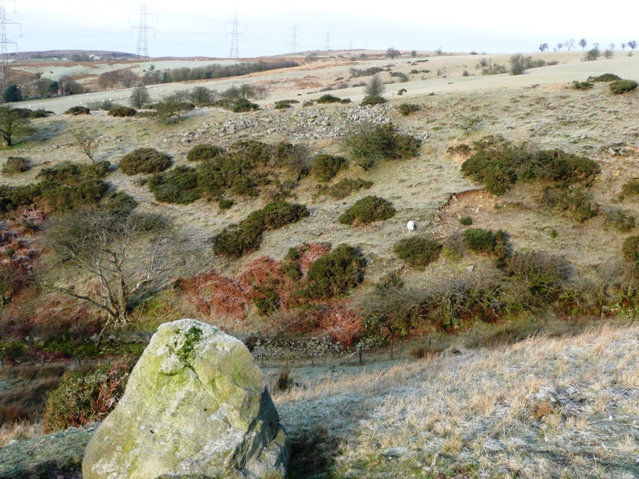
- Picture Credit: Graham Horn, Wikimedia.
The principality faces some very specific challenges and a number of perennial problems common to agricultural policymakers. “It is important that we consider the human element in any support going forward. The Welsh Government is working with Local Action Groups to ensure the LEADER model and Local Development Strategies sufficiently consider the specific issues of the uplands, such as sparsely populated areas, limited access to public services and the importance of the Welsh language. It is the locally variable challenges and opportunities in the uplands that make the LEADER approach so important.”
The deputy minister summed up by saying: “Wales is currently negotiating with the European Commission over what is in financial terms its largest ever RDP. I am confident that this gives us the opportunities to create positive change in the farming and forestry industries, helping us to develop our natural assets, create opportunities for young people and build resilient businesses and communities through enterprise and innovation.”
Tenant Farmers’ Association Cymru chairman Dennis Matheson this week welcomed the Welsh government’s intentions but does not think that they go far enough. “TFA Cymru is pleased with the news that Glastir will continue to be a key measure in ensuring the resilience of Welsh agriculture and that the rollout of the Advanced scheme in moorland areas will be prioritised under the next RDP. However, the Glastir scheme is not an option for all, and owing to the cut in direct payments to around €20 per hectare, some Welsh moorland farms will soon become unsustainable.”
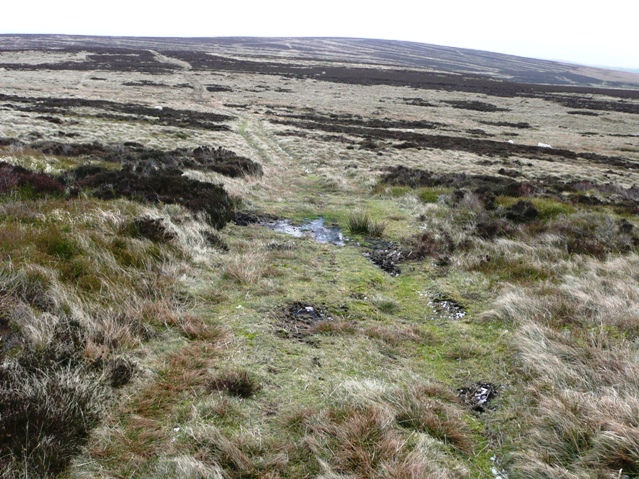
- Picture Credit: Graham Horn, Wikimedia.
The answer, he argues, is: “…a targeted Pillar II agri-environment scheme should also be introduced to help support moorland farmers, the majority of whom are tenants.” For Matheson, what counts is agricultural activity rather than the altitude or associated adversity: “At TFA Cymru we have always considered that whilst the payment rates in lowland and upland areas should be the same, the moorland areas should be treated differently. This is not because of differing levels of productivity, but more so the extent of agricultural activity, in an attempt to prevent moorland land owners from capitalising on direct payments illegitimately.”
What matters, Matheson argues, is targetting funding rather than allowing CAP funds to be tapped by non-agricultural activities. “Instead, an agri-environment scheme for moorland areas which is focused on improving the efficiency of grazing livestock systems would have sustainable benefits for the environment and farm profitability alike, thereby helping to retain the existence of farming in moorland areas of the Welsh uplands.”
More from Peter Crosskey
- A growing interest in the UK for saving seed
- French mobilise against agri-industrialiation & TTIP/CETA
- Nourish Scotland on the Common Wealth of Food
- Manage grassland as if our lives depend on it
- Five-hectare payment threshold excludes one in six English farmers
- Where does your meat come from?
- UK reviving land settlement and local food production
- TTIP agenda threatens good intentions for UK local food
- UK agroecology centre taps into water research
- UK government to accept industry’s neonics research
- UK pesticide approvals: business, as usual



